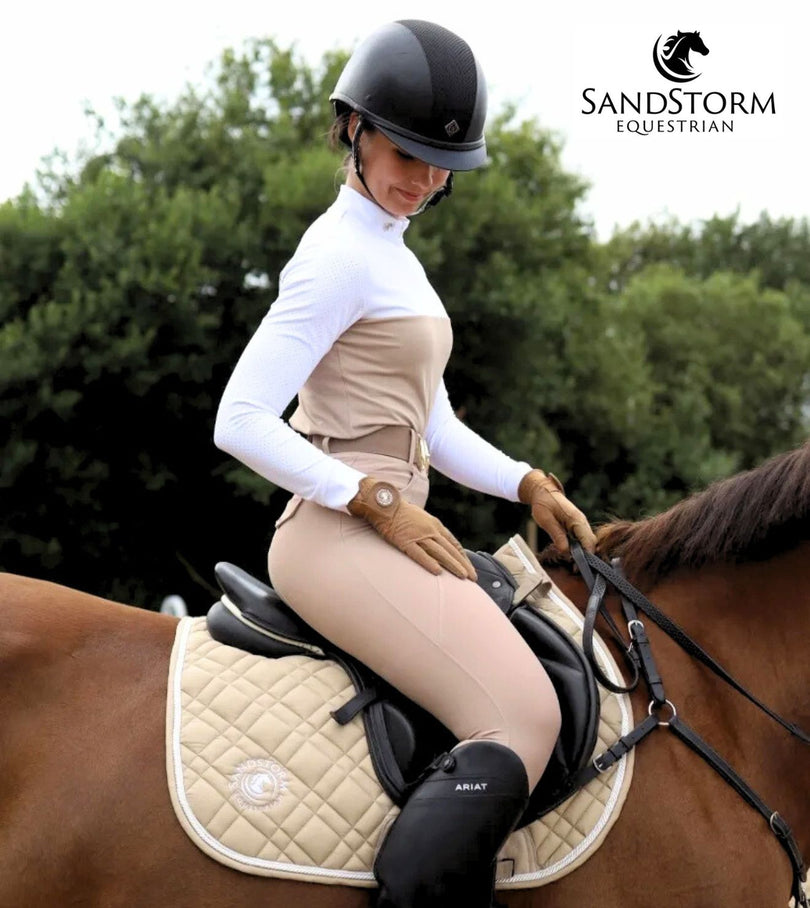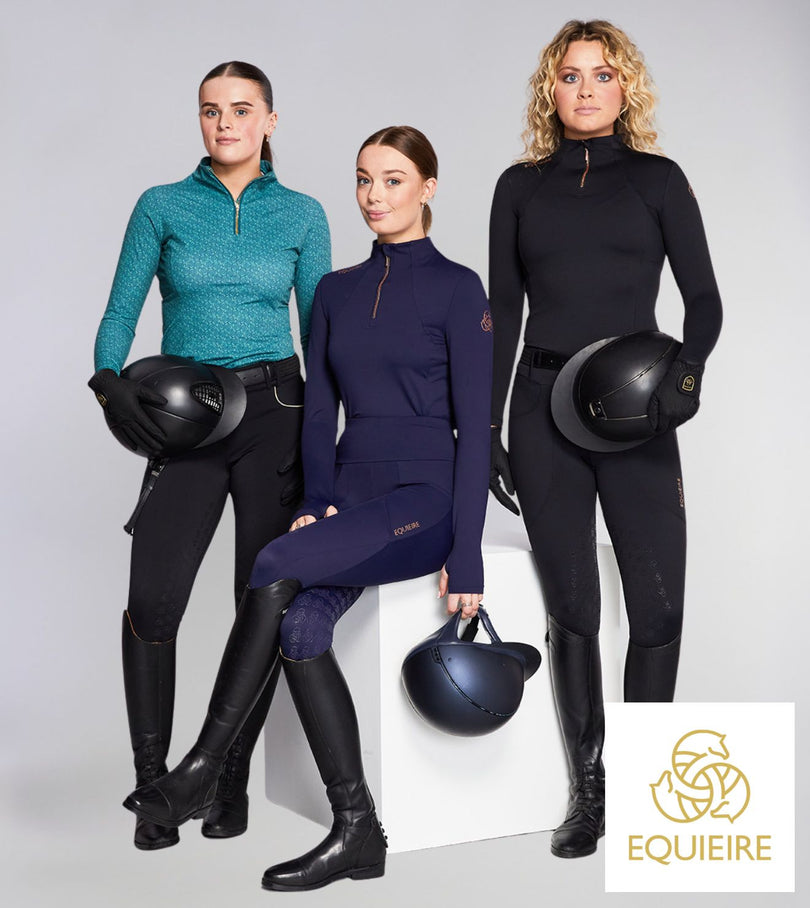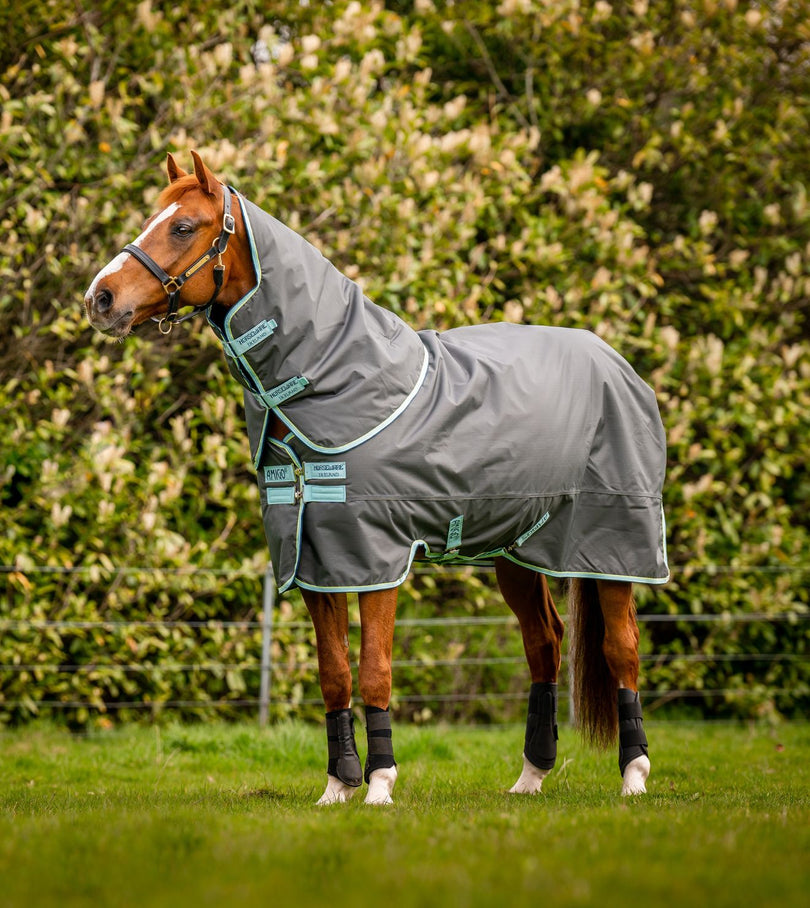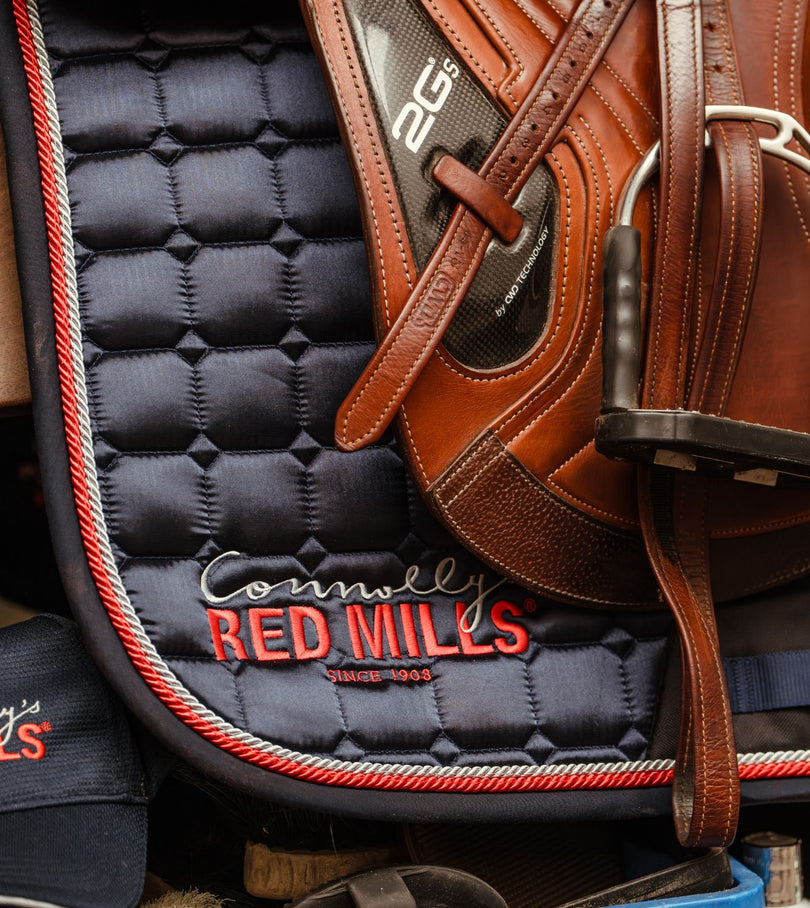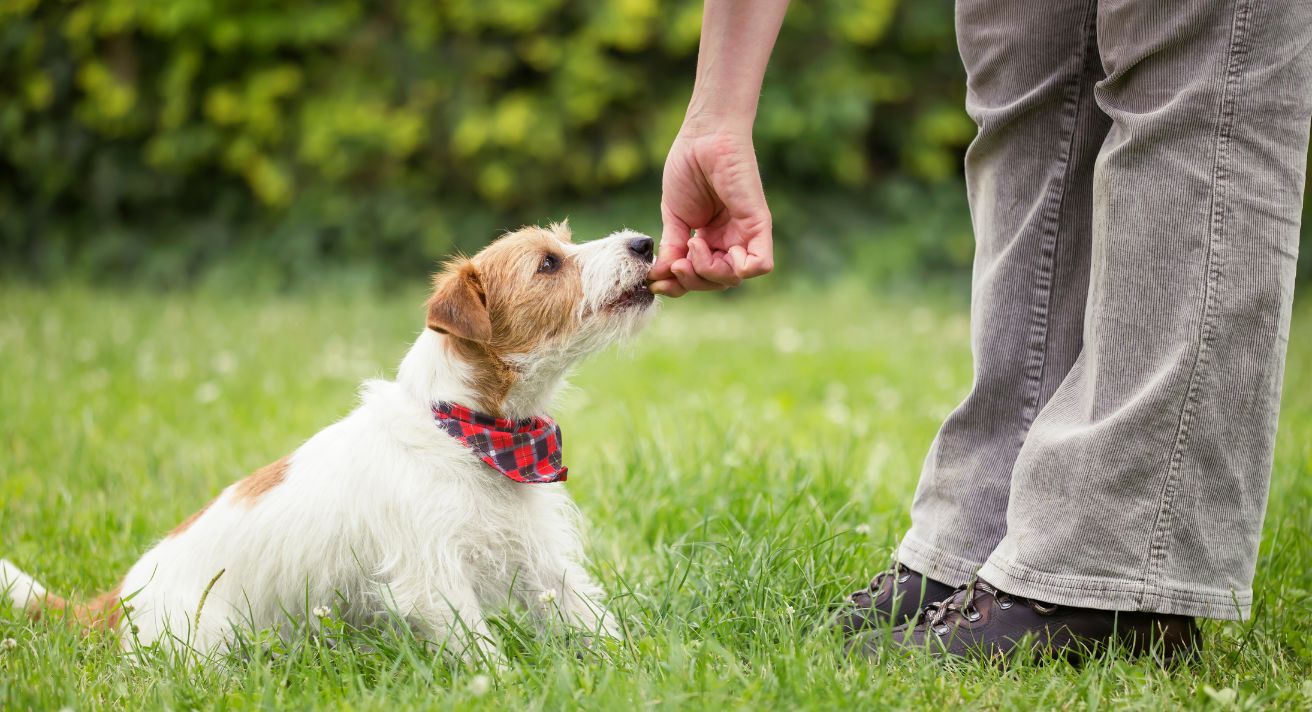If you and your dog have made a New Year’s resolution to tackle some difficult behaviours, you might do best if you try a new approach. If you have an older dog that has developed some problem behaviours or if you’ve brought home an adult dog or older pup from a rescue who is presenting some challenges, you need a different approach. If you want to correct an established behaviour, you aren’t really training your dog. You’re doing behaviour modification.
Behaviour modification can be used when your dog has a problematic reaction to something. Perhaps they are reactive to other dogs, or maybe they freak out every day when the post arrives. It could be that something they encounter occasionally on walks upsets them. Some dogs are fearful of bikes or scooters whizzing by, while others might react to something very random such as a traffic cone.
Desensitising Your Dog
Desensitisation and counter conditioning are two canine behaviour modification tactics that work well together for dogs who have an extreme reaction to something you can’t avoid, such as seeing other dogs or cats on a walk or going to the vet. The goal is to change their reaction by teaching them that the stimuli they are so worked up about isn’t a big deal and teaching them to associate it with something positive.
This approach is not a quick fix. It takes a serious investment of your time, but the pay off is you no longer dread your dog’s behaviour around an unavoidable trigger.
The challenge is that you need to have a degree of control over the trigger. For example, if your dog is reactive to other dogs, it would help if you had a few friends with dogs who were willing to get involved. If your dog is going wild every day when the post comes, you will need to be home with them when it comes.
You can desensitise your dog by exposing them to their trigger only to the degree they can tolerate it. This might be having a friend stand on the path across the street while you walk your dog past them, or it could be standing with your dog holding them at the end of the hall when the post comes through the mail slot. You want to hit the sweet spot where your dog notices the upsetting stimuli but is able to control themselves. The more you can repeat this, the less triggering it will be for your dog. Slowly and gradually, you can start inching them closer to the stimuli – but stop as soon as they start to react.
What Is Counter Conditioning for Dogs?
Counter conditioning is replacing their current, undesirable response to the stimuli with a different one. If your dog has mastered the command to sit, you can tell them to sit when they see their trigger during your desensitisation exercises and then give them a treat. If you do this long enough and consistently enough, they will learn to associate their trigger with sitting and getting a treat.
The treat is not a distraction or a reward. Be consistent with giving it regardless of your dog’s reaction. Remember, the goal is not to change the behaviour in that moment; it is to develop a connection in your dog’s brain between their trigger and sitting to get the treat. In a sense, you are helping your dog to rewire their brain – and that takes time.
Desensitisation and counter conditioning can be helpful for a huge range of behaviours. It might be that you want your dog to stop barking every time children kick a ball in front of your house – or it might be that you are worried your dog will attack another dog on your walks. If your dog’s behaviour is severe or dangerous, it is best to undertake this training with a professional dog behaviouralist in a controlled environment. Be sure the professional you engage uses an approach you are comfortable with; don’t feel obliged to go along with tactics that seem extreme or punitive. Talk to your vet or a local dog rescue for recommendations for a trainer who takes a gentle approach to desensitisation and counter conditioning.






